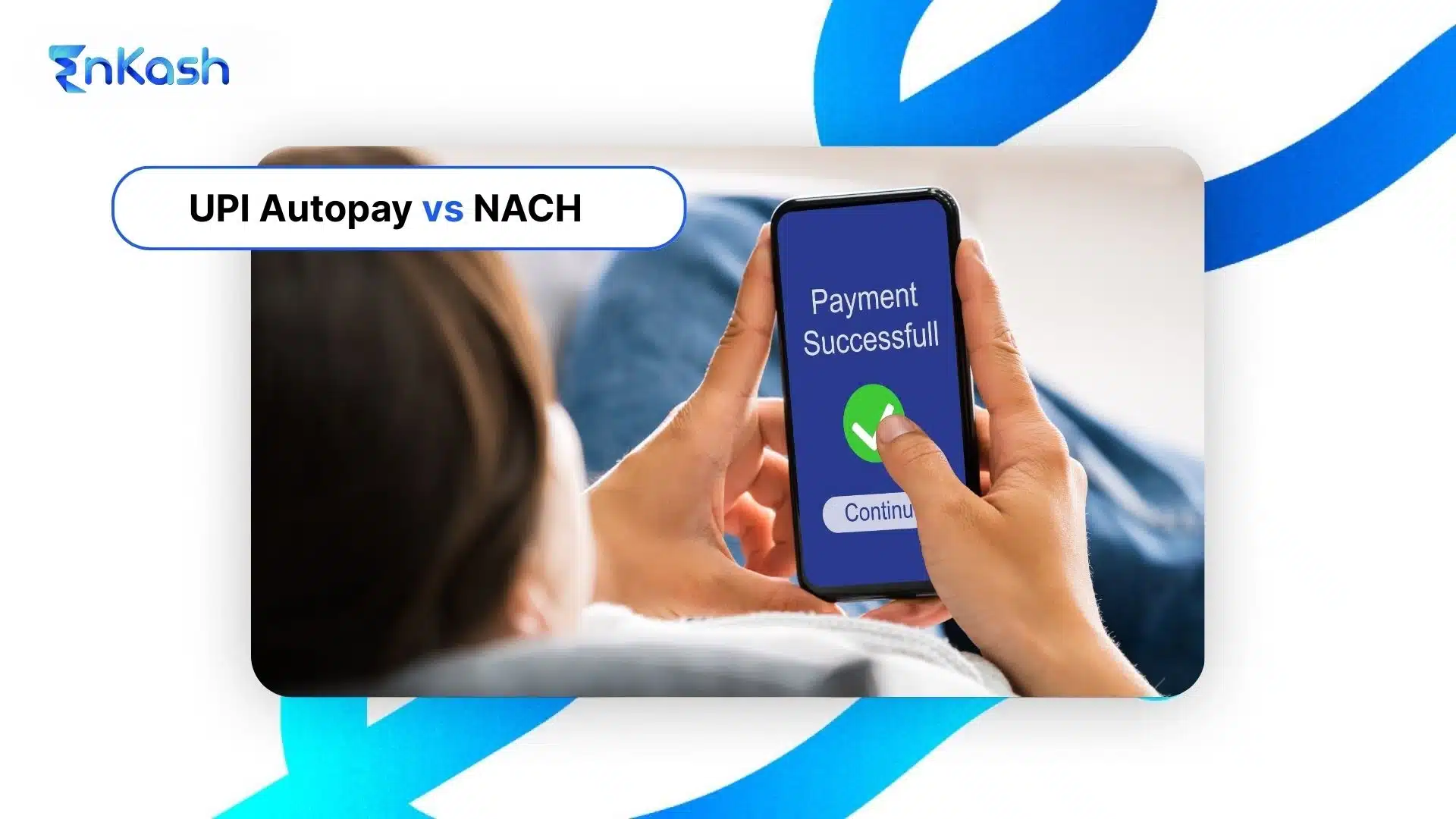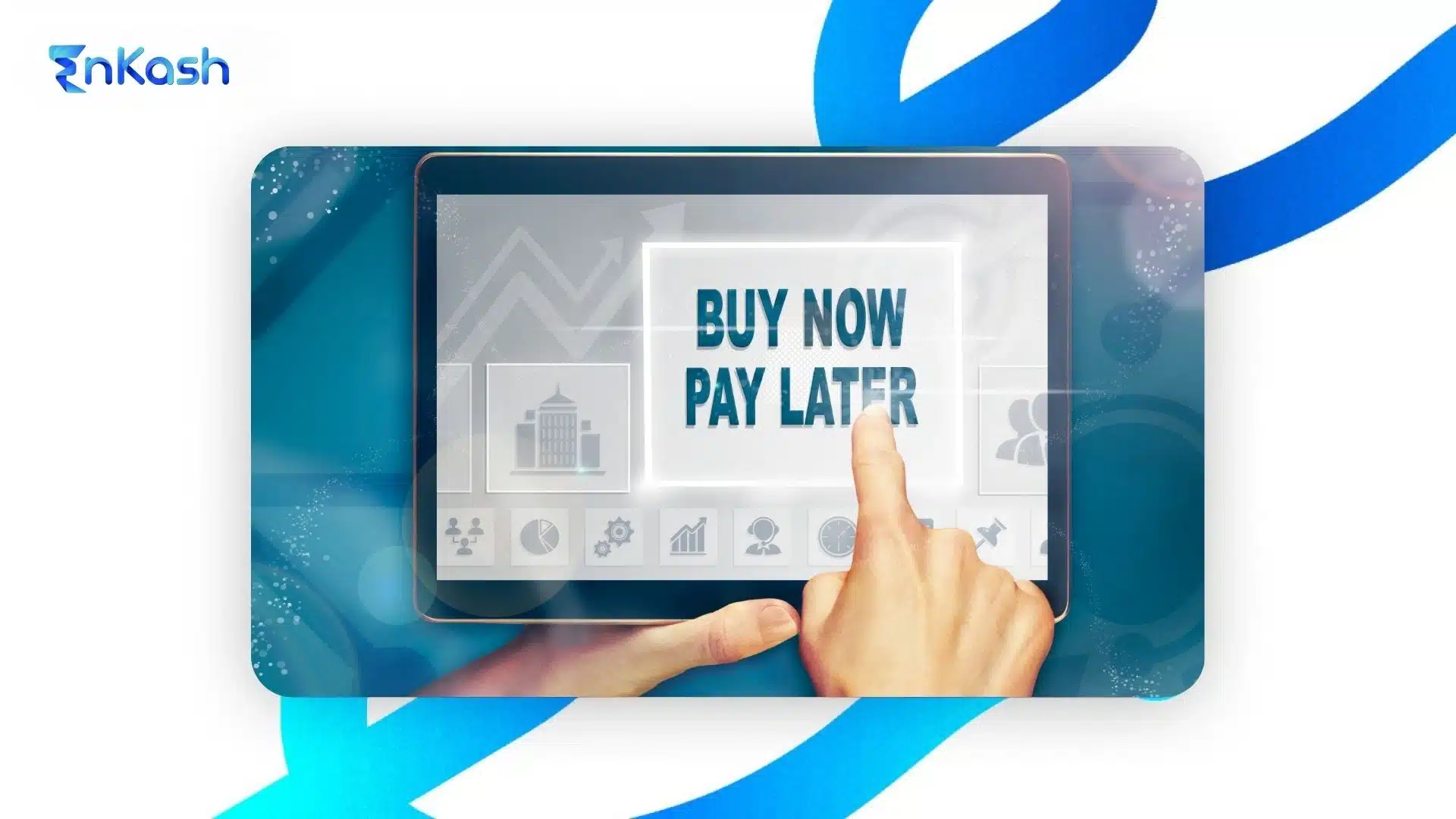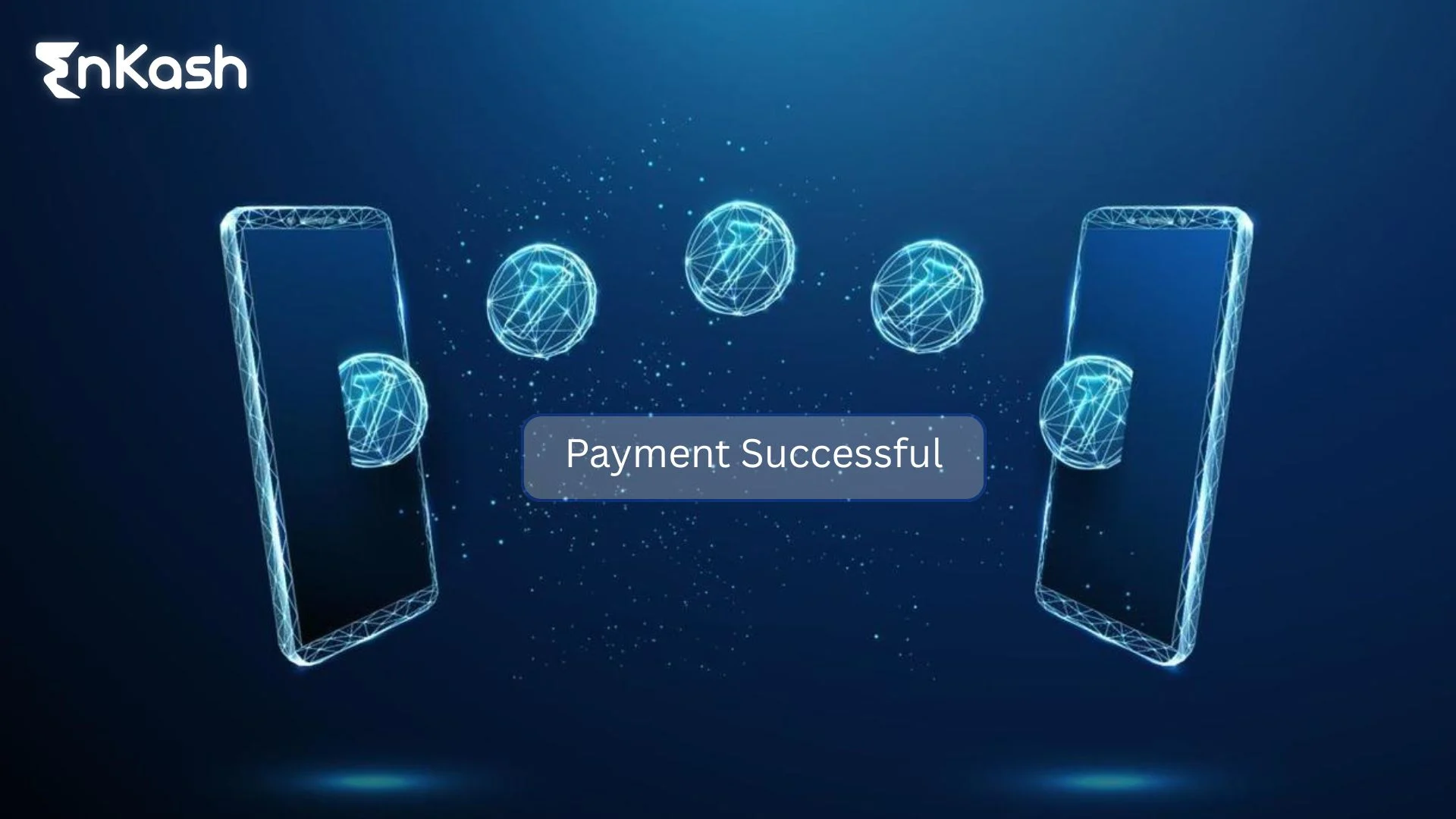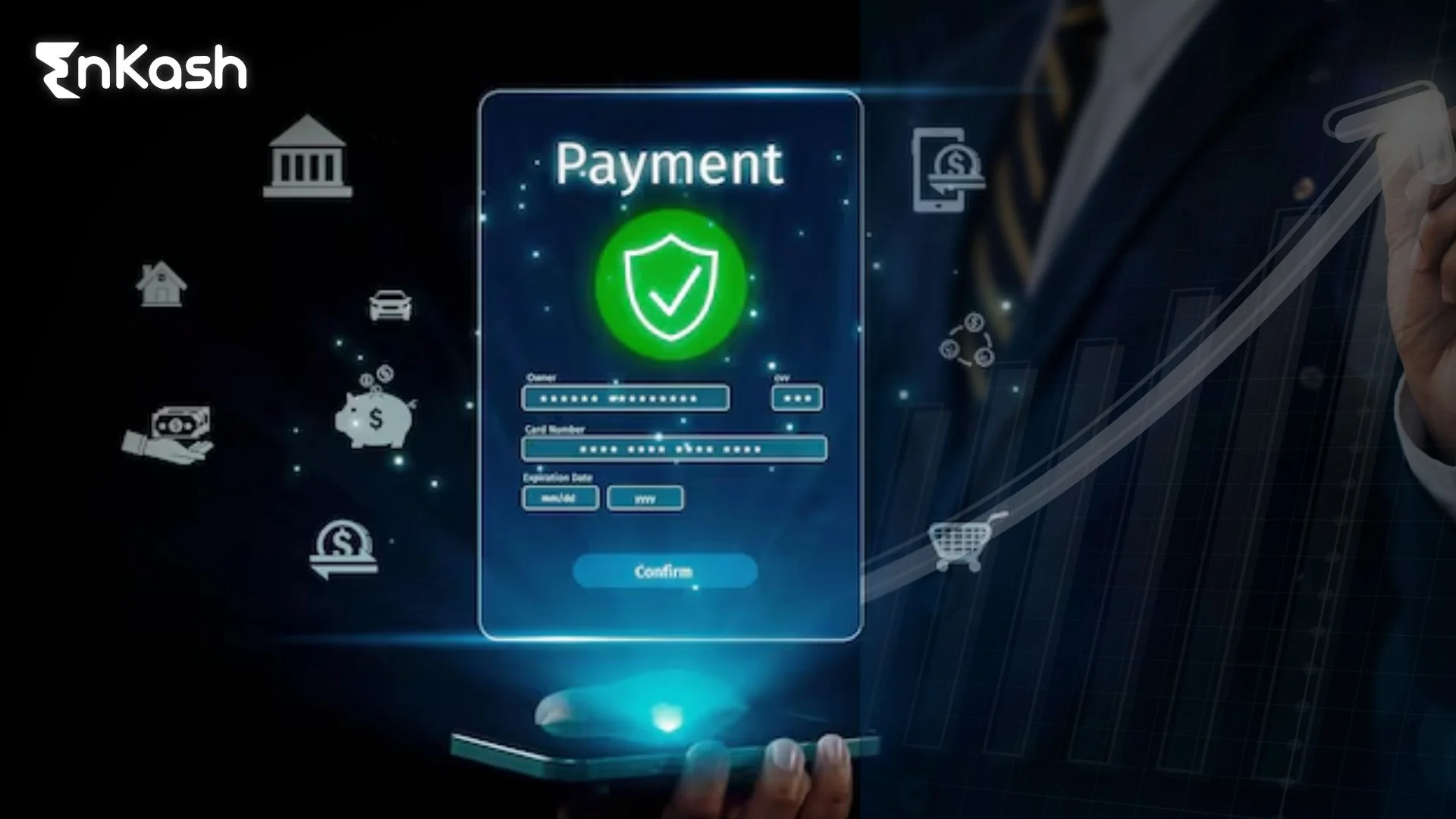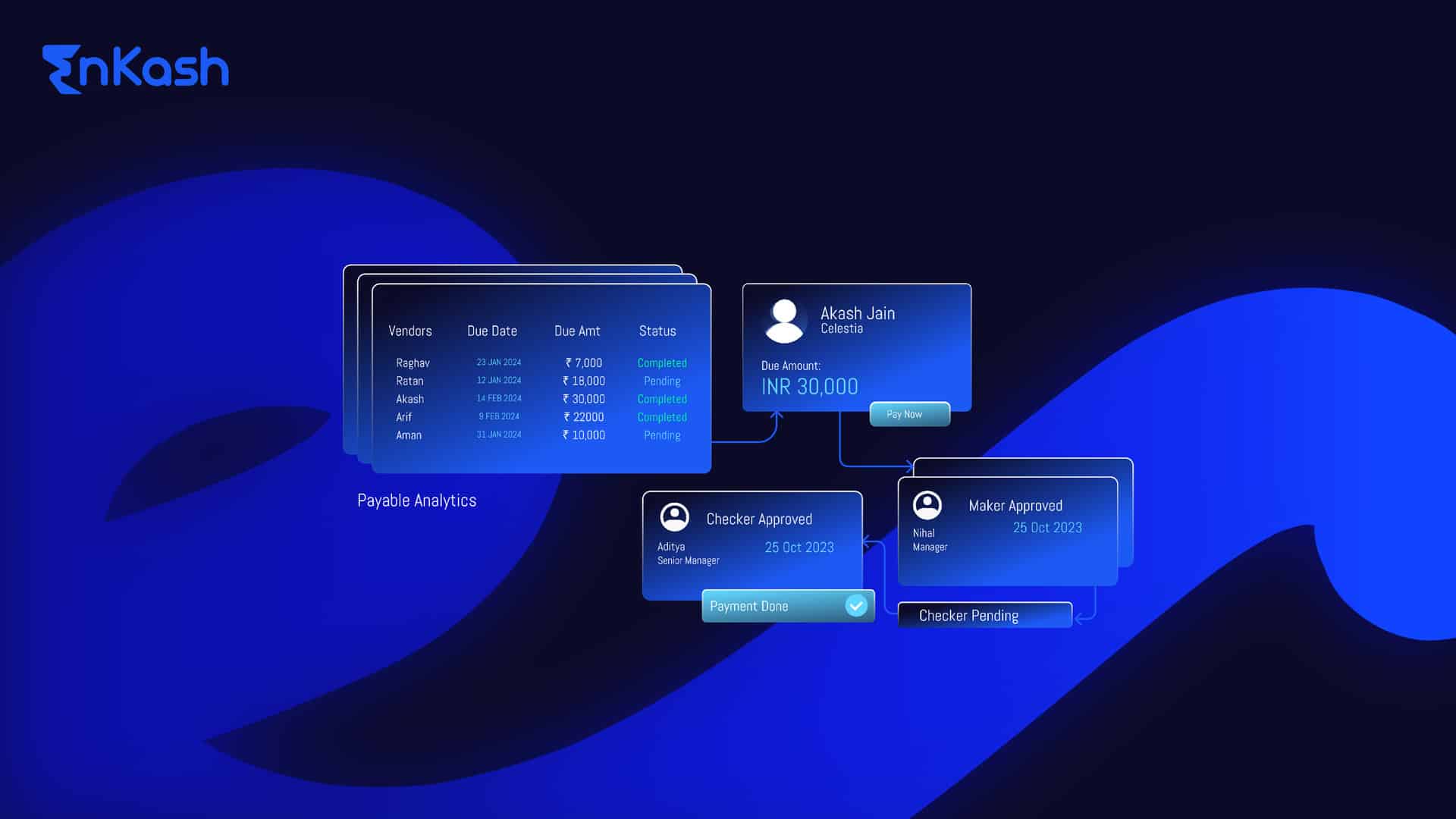Why Are Recurring Payments Becoming So Important?
Life today runs on a series of repeated payments. From streaming platforms and mobile plans to insurance premiums and loan instalments, money has to move regularly without gaps. This is where recurring payments step in. They make sure bills are settled on time and services continue without interruption.
Earlier, people had to remember due dates and handle payments manually. That meant late charges, service breaks, and a lot of wasted effort. Automated systems changed that. By giving the option to set up instructions once and letting the payments flow on their own, they reduced stress for customers and made collections smoother for businesses.
The rise of digital payments has made recurring transactions even more significant. Instead of writing cheques or visiting a branch, users can now approve once and trust the system to handle the rest. For businesses, it improves cash flow and planning because payments arrive on time. For users, it creates a sense of ease and consistency.
Against this backdrop, two systems dominate the space: UPI Autopay and NACH. Both were created to handle recurring payments but they do it in different ways. To understand how they function and where they differ, it helps to first look at them individually.
What Exactly Is UPI Autopay and How Does It Work?
UPI Autopay is a feature built on the UPI system that allows users to set up recurring payments in a simple way. Instead of making the same transfer every month, you can give your approval once, and the system handles the rest automatically.
The process starts inside a UPI app. You select the service you want to pay for, such as a streaming platform or a utility provider. Then you choose the amount, the frequency, and the start date. Once these details are entered, you confirm the setup using your UPI PIN. From that point, the payment is scheduled to repeat as instructed.
An important detail is the UPI Autopay limit RBI has set. Transactions up to fifteen thousand rupees can be processed automatically without extra verification. For amounts above this limit, the user must approve the debit each time. Recently, this ceiling has been raised to one lakh rupees for certain categories such as investments and insurance.
Another strong point is control. Users can pause, resume, or cancel a mandate directly from their app. They also get notifications before every debit, so there are no surprises. This makes auto debit using UPI both convenient and transparent.
In summary, UPI recurring payments were designed to give people speed, flexibility, and peace of mind. They simplify daily life by removing the effort of remembering dates or entering details again and again.
How Does the NACH Framework Function for Recurring Transactions?
NACH, or the National Automated Clearing House, is a system designed to manage large volumes of recurring transactions. It has been in place for many years and is widely used by banks, financial institutions, and service providers. The goal of NACH is to make sure recurring debits and credits happen smoothly and on time, without the need for repeated manual effort.
To understand how NACH works, it helps to look at its framework step by step:
Mandate Creation
A mandate is the instruction that authorises a bank to debit a customer’s account on a regular basis. With NACH, this mandate can be set up in two ways:
- Through a paper form with the customer’s signature.
- Through an electronic process known as an e-mandate, verified using net banking, Aadhaar, or an OTP.
Verification and Approval
Once the mandate is submitted, the customer’s bank verifies the details. The approval process ensures that the customer has given valid consent and that the account is eligible for recurring payments.
Batch Processing
Unlike UPI Autopay, which works in real time, NACH transactions are processed in batches. This means all approved debits and credits for the day are collected and settled together. This batch cycle is usually completed within one working day.
Types of Transactions
NACH supports both debit and credit flows:
- Debit mandates are used for EMIs, insurance premiums, and investment contributions.
- Credit mandates are used by organisations for tasks such as salary transfers, pension payouts, and government subsidies.
Reliability and Scale
Because it was designed for institutions, NACH can handle very high transaction volumes. It is considered stable and well-suited for large recurring flows where accuracy and compliance matter most.
Flexibility for Businesses, Limited Control for Users
Businesses benefit from predictable collections, but customers have less flexibility compared to UPI Autopay. To cancel or change a mandate, the customer usually needs to contact the bank or the service provider, which can take time.
In simple terms, NACH e-mandate vs UPI e-mandate shows two different approaches: one traditional and institution-focused, the other digital and consumer-focused. Both are vital to ensure recurring transactions continue without disruption.
How Do the Workflows of UPI Autopay and NACH Differ?
Both systems aim to automate recurring transactions, yet the way they function is very different. To see the contrast clearly, it helps to walk through each process step by step.
1. Starting the Process
In UPI Autopay, the user begins the journey directly inside a UPI application. They pick the service, enter the amount, select frequency, and confirm with their UPI PIN.
In NACH, the process usually starts with the service provider or the bank. The customer is asked to fill a paper mandate or complete an online e-mandate through net banking, Aadhaar, or an OTP.
2. Mandate Setup Speed
UPI Autopay mandates are created instantly. Within seconds, the mandate is active, and the schedule begins.
NACH mandates take longer. Paper-based instructions can stretch into days, and even e-mandates usually require one to three working days for verification.
3. Approval and Authentication
For UPI Autopay, the customer confirms once with the UPI PIN. Payments up to fifteen thousand rupees go through automatically, while higher payments need approval before every debit.
For NACH, authentication is done during mandate setup using Aadhaar, net banking, or OTP. Once approved, the mandate runs without customer involvement unless changes are requested.
4. Transaction Execution
UPI Autopay works in real time. Each debit is processed immediately, and the customer is notified on the spot.
NACH follows a batch cycle. All debits and credits are grouped and processed together once or twice during the day. Confirmation usually arrives later.
5. User Control and Changes
In UPI Autopay, users can pause, resume, or cancel the mandate from the same app with just a few clicks.
In NACH, cancelling or modifying a mandate is more complex. The customer must reach out to the bank or the service provider, and the change can take time to reflect.
6. Transparency
UPI Autopay gives full visibility. The user can see active mandates, upcoming debits, and notifications before each charge.
NACH provides less immediate visibility. Most details are available through bank statements or service provider communication.
7. Transaction Limit
UPI Autopay limit RBI is set at fifteen thousand rupees for automatic debits, with an extended ceiling of one lakh rupees for select categories such as mutual fund contributions and insurance.
NACH has no uniform cap, as the limits are decided between banks and service providers, allowing very high-value debits.
8. Target Audience
UPI Autopay serves retail customers who need simple and fast recurring solutions.
NACH is best suited for institutions and businesses managing large and high-value flows.
9. Flexibility vs Stability
UPI Autopay prioritises ease of use, speed, and consumer control.
NACH prioritises scale, consistency, and institutional reliability.
The workflow of UPI recurring payments is designed around speed and convenience, while NACH focuses on stability and large-scale operations.
How Much Control Do Users Have in UPI Autopay vs NACH?
Control plays a very different role in UPI Autopay compared to NACH. Both enable recurring payments, yet the freedom they give to users is far from the same.
Ease of Mandate Setup
In UPI Autopay, a user can create a mandate directly within their mobile application. The process is instant and requires no paperwork. On the other hand, NACH mandates are usually initiated by the bank or service provider, and the customer is only involved to give consent once. This makes UPI simpler and faster for everyday needs.
Flexibility to Pause or Resume
UPI Autopay gives users the ability to pause or resume a payment cycle at any point through the same app. This flexibility is helpful when income or expenses shift. NACH, in contrast, does not allow such immediate changes. Customers have to raise a formal request with their bank or the institution, and the update takes time.
Cancellation of Mandates
Cancelling a mandate on UPI Autopay is straightforward. The user can open the app, locate the active mandate, and stop it with a few taps. For NACH, cancellation is a more drawn-out process, often requiring form submissions or coordination between the bank and the service provider.
Visibility and Tracking
UPI recurring payments give customers full visibility of their mandates. Upcoming debits, active instructions, and prior transactions can be seen clearly, with alerts sent before every debit. NACH, however, provides limited visibility. Users usually rely on bank statements or provider updates to track their payments.
Customer Empowerment
The design of UPI Autopay places control in the hands of the customer, from setup to ongoing management. NACH is built more for institutions, and this leaves individuals with fewer options to directly manage or adjust their mandates once they are in place.
Auto debit using UPI makes recurring payments flexible and transparent for users, while NACH keeps much of the control with banks and service providers.
Which System Is More Reliable in Terms of Settlement and Efficiency?
Reliability and speed are two areas where the difference between UPI Autopay and NACH is clear. UPI Autopay processes payments in real time, which means money is debited instantly and confirmation reaches the user without delay. This makes it highly efficient for day-to-day recurring transactions.
NACH, on the other hand, works on a batch system. Debits and credits are collected and processed together at fixed intervals, usually on the next working day. This structure is steady and dependable, but it does not match the instant nature of UPI.
In terms of efficiency, UPI recurring payments offer speed and transparency, while NACH provides stability and scale. Each is reliable in its own way, depending on the type of transaction.
How Are UPI Autopay and NACH Being Adopted Across Different Segments?
Both systems are widely used, but their adoption looks very different across segments. Each serves a distinct purpose depending on the type of transaction and the audience it caters to.
Consumer Services
UPI Autopay is gaining strong traction for smaller recurring needs like subscriptions, utility payments, and daily-use services where speed and flexibility matter most.
Financial Products
NACH remains the backbone for large recurring flows such as loan instalments, insurance premiums, and investment contributions where higher amounts are involved.
Corporate and Government Payments
Businesses and public institutions continue to rely on NACH for salary transfers, pensions, and subsidy disbursals because it is built for scale.
Emerging Hybrid Use
With higher UPI Autopay limit RBI approvals, some mid-value categories are slowly moving towards UPI, while large-value segments still prefer the stability of NACH.
Together, both systems reflect a balanced adoption pattern that addresses the needs of individual users as well as large institutions.
Closing Perspective: Do UPI Autopay and NACH Compete or Complement Each Other?
UPI Autopay and NACH both serve the same purpose of enabling recurring payments, but their strengths are different. UPI is built around convenience, instant setup, and user control, making it ideal for smaller and frequent debits. NACH focuses on large transactions, structured processing, and bulk operations, which makes it dependable for institutions.
The key takeaway is that these systems are not rivals. They complement each other by addressing different layers of the payment ecosystem. UPI gives flexibility and speed to individuals, while NACH provides scale and consistency for banks and businesses. Together, they create a framework where recurring payments are secure, timely, and accessible across every segment of the economy.
FAQs
- Can UPI Autopay be used for business-to-business recurring payments?
UPI Autopay is mainly built for consumer-facing recurring transactions such as utility bills, subscriptions, or insurance. For business-to-business transactions that involve higher ticket sizes and bulk payments, NACH is still the preferred system as it offers better scale and flexibility for corporate settlements. - How does NACH ensure security in recurring debits?
NACH mandates are verified either through signed paper instructions or e-mandates using Aadhaar, OTP, or net banking. This multi-step verification ensures only authorised accounts are linked. Once active, transactions are processed through the regulated clearing system, which reduces fraud risks and ensures accountability among banks and service providers. - Can a UPI Autopay mandate fail due to insufficient balance?
Yes. If a user’s account does not have enough balance at the time of debit, the payment will fail. However, users get advanced notifications, which gives them the chance to add funds before the scheduled debit. This makes the process more transparent and predictable. - Is there any penalty for cancelling a UPI Autopay mandate?
There is no penalty for cancelling a mandate on UPI Autopay. The system is designed to give customers control, so they can stop, pause, or change instructions anytime. Merchants may have their own service-related rules, but the payment framework itself does not charge penalties. - How long does it take for a NACH mandate to get activated?
The time depends on the type of mandate. A paper-based mandate can take up to a week, since it requires manual verification and approval. An e-mandate is faster, usually activated within one to three working days, once the customer’s bank has completed the validation process. - Are UPI Autopay transactions covered under the same dispute resolution process as UPI payments?
Yes. UPI Autopay follows the same dispute redressal framework as normal UPI payments. If there is a failed debit, double debit, or incorrect charge, users can raise a complaint through their UPI app or bank, and the issue is resolved under RBI’s standard guidelines. - Can NACH handle recurring payments in foreign currency?
No. NACH is designed for domestic transactions within the country’s banking system. It processes payments only in local currency. For international recurring payments, other channels such as card-based recurring debits or international wire transfers are typically used, depending on the merchant’s arrangements. - How do banks recover charges for using NACH services?
Banks usually charge businesses or institutions for using NACH, either as a per-transaction fee or as a flat rate for mandate setup. These charges are rarely applied directly to individual customers. Instead, businesses absorb the costs as part of their operating expenses. - Can UPI Autopay be used for variable recurring payments?
Yes, UPI Autopay supports variable payments as long as they are within the approved limit. For example, electricity bills or mobile data recharges that change month to month can still be automated. The system sends a notification before every debit, giving customers the option to cancel if the amount seems incorrect. - What happens if a customer changes their bank account linked to NACH?
If a customer switches banks, the existing NACH mandate becomes invalid, since it is tied to the old account. A new mandate must be created with the new bank details. This process requires fresh verification, whether through paper mandates or e-mandate channels.

